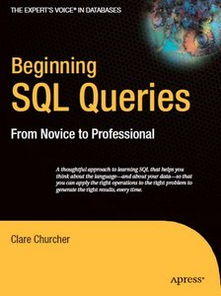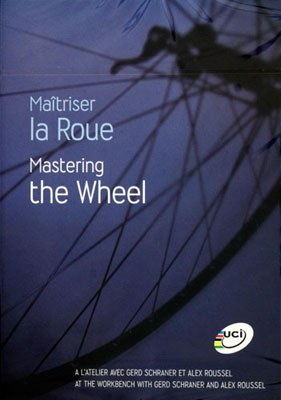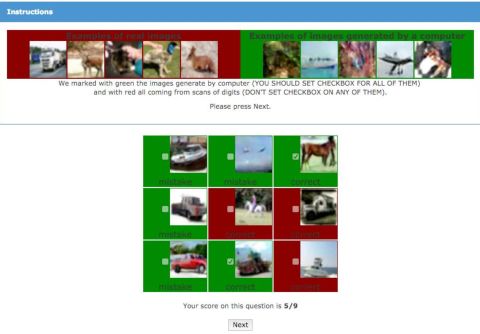
The Art of Fishing: Mastering the Technique of Bait Placement and Hooking
Fishing, an age-old pastime, has captivated anglers across the globe for centuries. It's a sport that requires patience, skill, and a deep understanding of the fish's behavior. One of the most crucial aspects of fishing is mastering the technique of bait placement and hooking. This article delves into the intricacies of these skills, offering tips and tricks to help you become a seasoned angler.
Understanding Fish Behavior
Before we delve into the specifics of bait placement and hooking, it's essential to understand the behavior of the fish you're targeting. Different species have varying preferences when it comes to food and habitat. For instance, some fish are more attracted to certain types of bait, while others may be more interested in the movement and color of the bait.
Choosing the Right Bait
The first step in mastering the art of fishing is selecting the right bait. Here are some tips to help you choose the perfect bait for your target species:
Research the Species: Before you set out, research the species you're targeting. Find out what they typically eat and use that information to select your bait. For example, if you're fishing for bass, live bait like worms or minnows can be effective.
Consider the Season: The season can significantly impact a fish's feeding habits. In spring, fish may be more interested in protein-rich baits, while in summer, they might prefer more natural, plant-based options.
Use Artificial Baits: Artificial baits, such as lures and jigs, can be effective for certain species. They mimic the movement of real prey and can attract fish that are not easily caught with live bait.
Placing the Bait on the Hook
Once you've selected the right bait, the next step is to place it on the hook. Here are some tips to ensure that your bait is properly secured:
Start with a Clean Hook: Before placing the bait on the hook, make sure it's clean and sharp. A dull hook can easily bend or break, leading to lost fish.
Choose the Right Size: The size of the bait should match the size of the fish you're targeting. Using a bait that's too large or too small can deter fish from biting.
Use the Right Technique: The technique for placing the bait on the hook can vary depending on the type of bait. For example, when using a worm, you can thread it onto the hook, while for a minnow, you might need to hook it through the mouth or gills.
Secure the Bait: Once the bait is on the hook, make sure it's securely attached. If the bait is loose, it can easily fall off, resulting in missed opportunities.
Hooking Techniques
Once the bait is in place, the next step is to hook it properly. Here are some tips to ensure that your hooking technique is effective:
Hooking Through the Belly: For most fish, hooking through the belly is the most effective method. This allows the fish to swallow the bait more easily and reduces the chance of it spitting out the hook.
Using a Split Ring: A split ring can make hooking easier and reduce the risk of the hook bending. Simply thread the line through the split ring and then through the eye of the hook.
Adjusting the Hook Depth: The depth at which you hook the bait can impact the fish's ability to swallow it. Experiment with different depths to find the most effective technique for your target species.
Avoiding the Lips: When hooking a fish, it's crucial to avoid hooking it in the mouth. This can cause unnecessary pain and stress to the fish. Instead, aim for the belly or the back.
Final Thoughts
Mastering the art of bait placement and hooking is a skill that takes time and practice. By understanding the behavior of the fish you're targeting, selecting the right bait, and using the proper hooking techniques, you'll be well on your way to becoming a skilled angler. Remember, patience and persistence are key, and with practice, you'll soon be reeling in fish with ease.
So, grab your rod, tie on your bait, and get ready to explore the wonderful world of fishing. Happy fishing!












